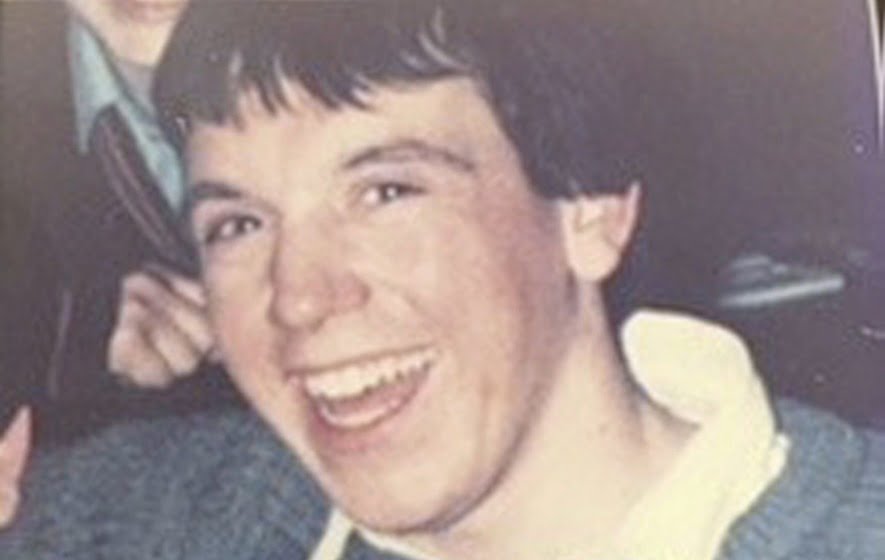The inquest into the death of Francis Bradley continued yesterday with evidence from two former soldiers. The witnesses – Soldiers G and H – were both granted anonymity and screening, meaning their names and faces are withheld from Francis Bradley’s family and the public. Summaries of previous witness testimony can be found here.
The first witness, Soldier G, was a member of the Special Military Unit (‘SMU’) surveillance sub-unit on the night of Francis Bradley’s death. On the night in question, Soldier G was driving a car with Soldiers D and E as passengers, before he dropped off Soldiers D and E near the farmhouse where Francis Bradley was later killed. Soldier G’s evidence challenges the sequencing of events given by previous witnesses.
Two soldiers allege that they saw Francis Bradley removing weapons from a parked car. According to previous witnesses, it was this supposed sighting that triggered the deployment and positioning of the soldiers who eventually killed Francis Bradley. According to Soldier G’s evidence, however, the soldiers had already been dropped off before the purported sighting.
The second witness, Soldier H, was the commanding officer of the SMU reactive unit deployed that night, and whose soldiers shot and killed Mr Bradley. Soldier H stated the police Tasking Coordination Group (‘TCG’) assigned his unit to support an ongoing surveillance operation. After Soldier H debriefed and deployed his soldiers, he went to the operation control room. Once the soldiers arrived at the designated location, Soldier H exited the control room and was no longer privy to communications or goings-on related to the operation. During today’s hearing he denied that his soldiers violated the yellow card (instructions on how and when soldiers could use lethal force) when they shot and killed Francis Bradley; yet by his own admission, he was not present at the scene and could only rely on the soldiers’ own accounts of their actions.
Soldier H produced an end-of-tour report in 1987, which includes a summary of the four operations Soldier H deemed ‘successful.’ During questioning, Soldier H defined a successful operation as any operation which produced ‘an outcome’ even if the operation resulted in a death. When Karen Quinlivan KC, who represents Francis Bradley’s family in the inquest, pushed back on this point, Soldier H responded that the operation during which Francis Bradley was killed ‘was successful in the fact that there was an outcome. It would have been equally successful if Francis Bradley had been arrested. In an attempt to prove that a shoot-to-kill policy did not exist, Soldier H cited two operations which resulted in the detention of alleged terrorists and the confiscation of weapons. However, he failed to include the operation which killed Francis Bradley, and another operation during which soldiers killed Seamus McElwaine and seriously injured another individual.
The end-of-tour report also noted that two of the three police tasking groups were reluctant to engage Soldier H’s unit and would have ‘moved heaven and earth’ to resolve the situation without his unit’s involvement. Soldier H disagreed with Ms Quinlivan’s characterisation of his unit as ‘trigger-happy,’ but could not refute the fact that 50% of his ‘successful’ operations on this tour resulted in his unit killing people.
The inquest continues.











